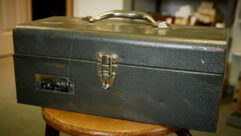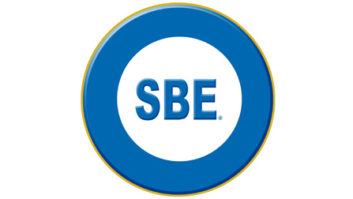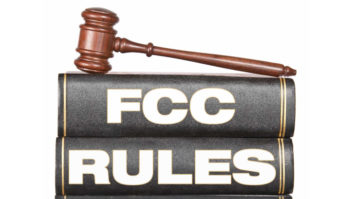
This article originally appeared in Broadcasting & Cable.
The FCC this week will be getting input on petitions to reconsider its May broadcast incentive auction order, and it will have a lot to respond to, including concerns by broadcast journalists that the current framework could interfere with important newsgathering, including in times of emergency.
Among those seeking review was the Radio Television Digital News Association, which is concerned that there is no exclusive spectrum reserved for wireless microphones under the FCC’s repacking plan.
Currently, there are two reserved channels in each market and sometimes local broadcasters need even more spectrum than that. Under the FCC’s May proposal, there is no spectrum reserved exclusively for wireless mics, though there is spectrum in the duplex gap — between wireless upload and download spectrum — that wireless mics can use, though it will have to be shared with unlicensed devices.
According to RTDNA Executive Director Mike Cavender, that is better than no spectrum, but “by no means ideal.”
RTDNA says it recognizes the potential of unlicensed services, but says the tradeoffs in the FCC order are “unbalanced” and “unwarranted.” It also points out that even without the duplex gap, unlicensed devices are getting access to “significant” new spectrum.
Then there is the interference problem. “The record in this proceeding demonstrates that unlicensed use of the duplex gap poses the potential to cause harmful interference to licensed wireless users,” says RTDNA, and suggests the FCC was wrong in dismissing those concerns in the order.
RTDNA wants the FCC to reserve at least “a small sliver” of exclusive spectrum to insure there is not interference, particularly in emergency situations, where “there is no time to coordinate with hundreds of other spectrum users,” he says.
“Particularly in emergency situations, the media’s ability to immediately disseminate information is critical, and something upon which our citizens and our government first responders rely to further the protection of life, health, safety or property,” the RTDNA said in its original petition back in September.
RTDNA says the best solution is to let wireless mics use the duplex gap exclusively, let unlicensed devices use Channel 37, and allow both to share the guard bands.










